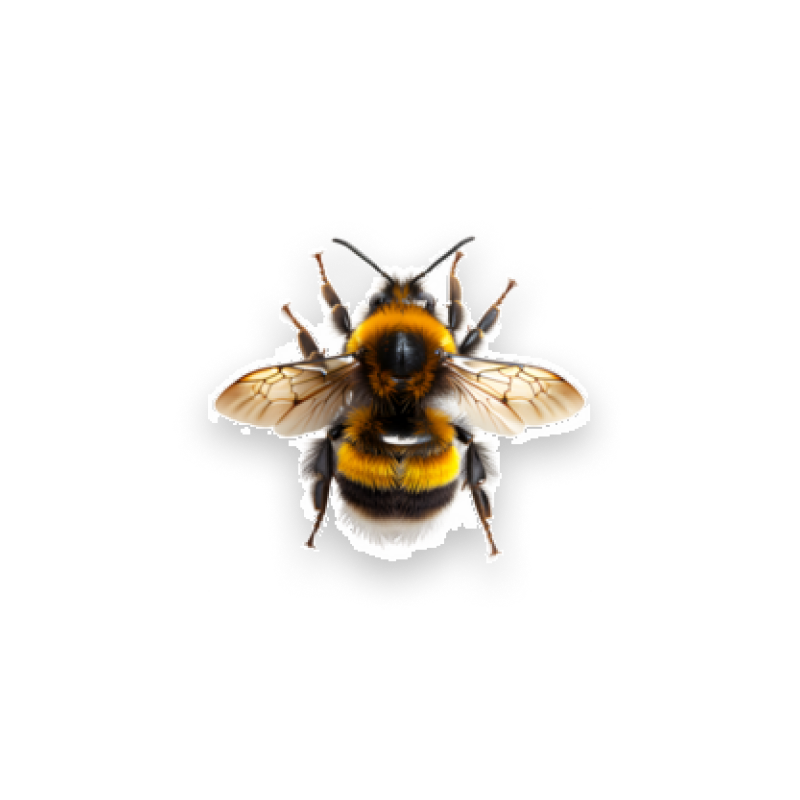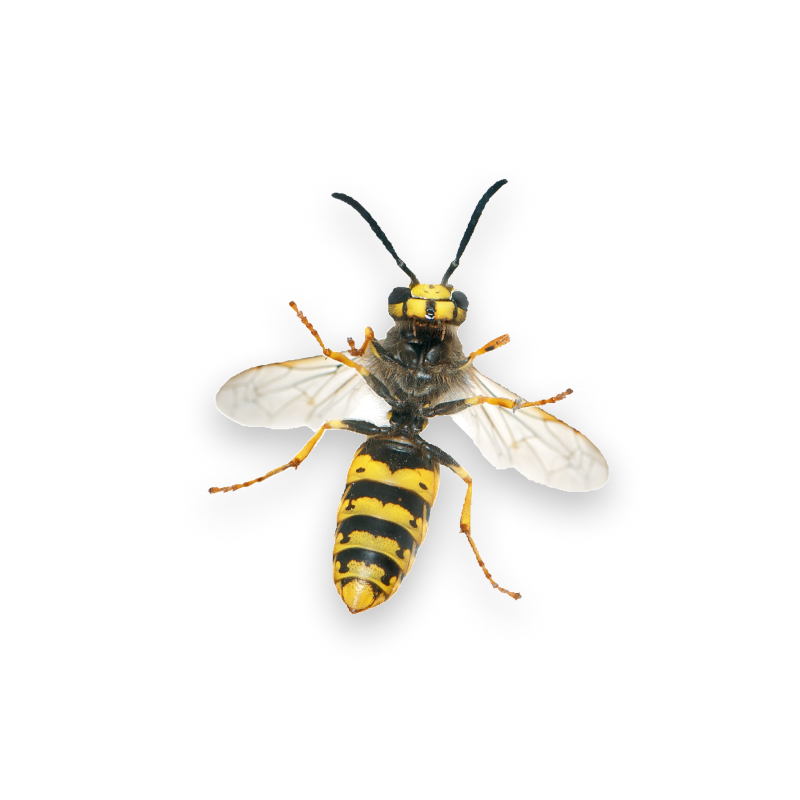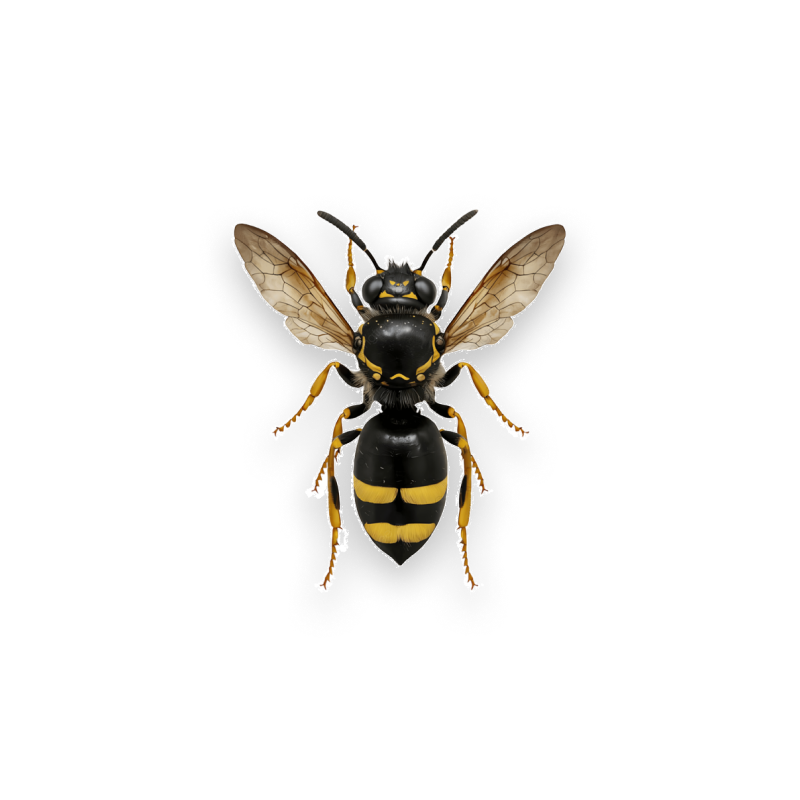Home > Bee Control Service
Bee Control Service
Bees, while essential to the ecosystem, can create risks when they build hives near homes. Our professional bee pest control services provide safe, effective removal and prevention.
How to Identify Bee Infestation in Your Home
Bees typically create hives in sheltered, undisturbed areas. Identifying an infestation early can prevent structural damage and potential stings.
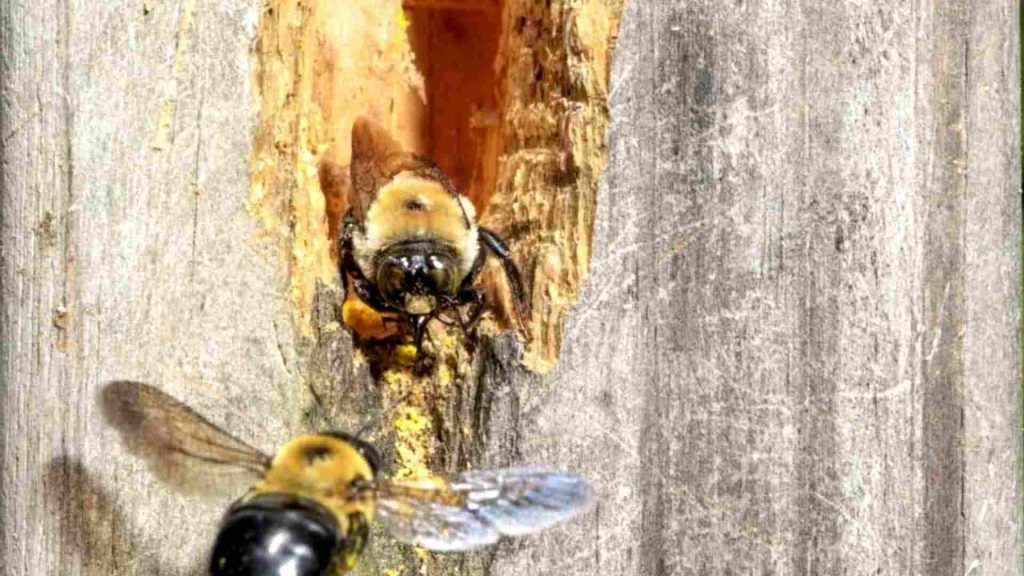
Exterior Walls
Check for buzzing sounds or visible bee activity around cracks or openings in your home’s walls.
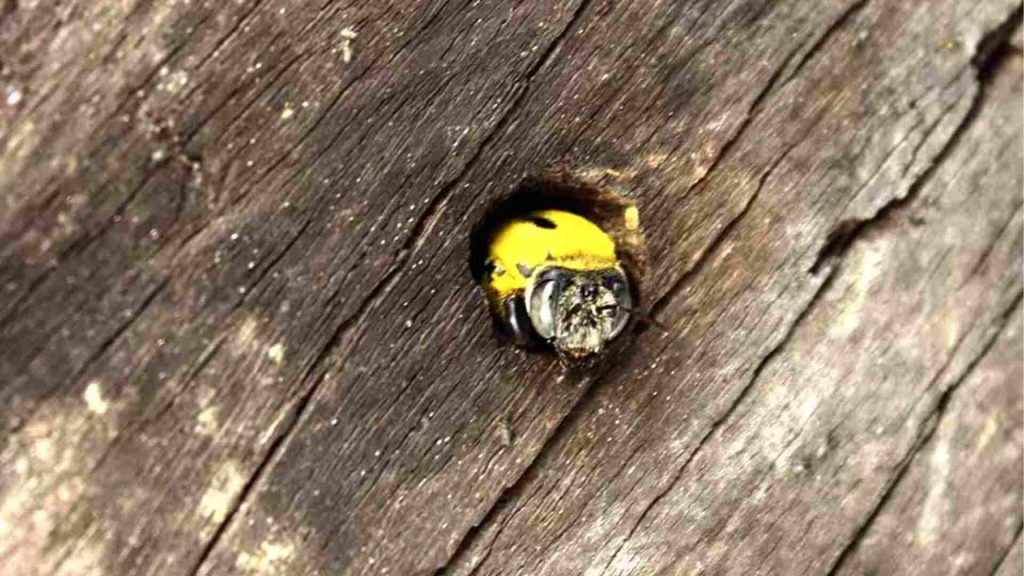
Trees or Shrubs
Look for hives hanging from branches or nestled in dense foliage near your property.
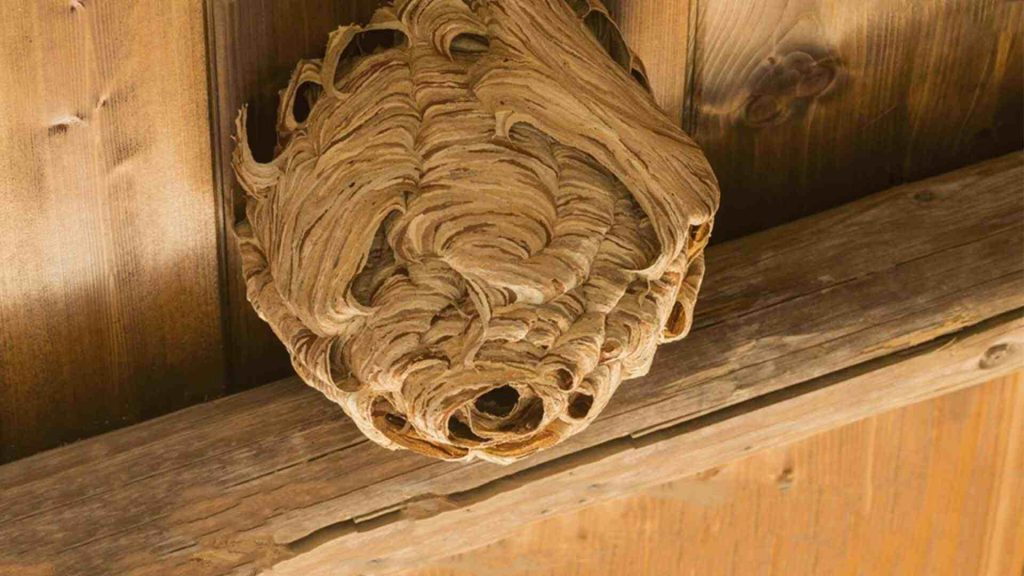
Attics and Roof Spaces
Inspect attic corners or roof eaves where bees may find shelter to establish a hive.
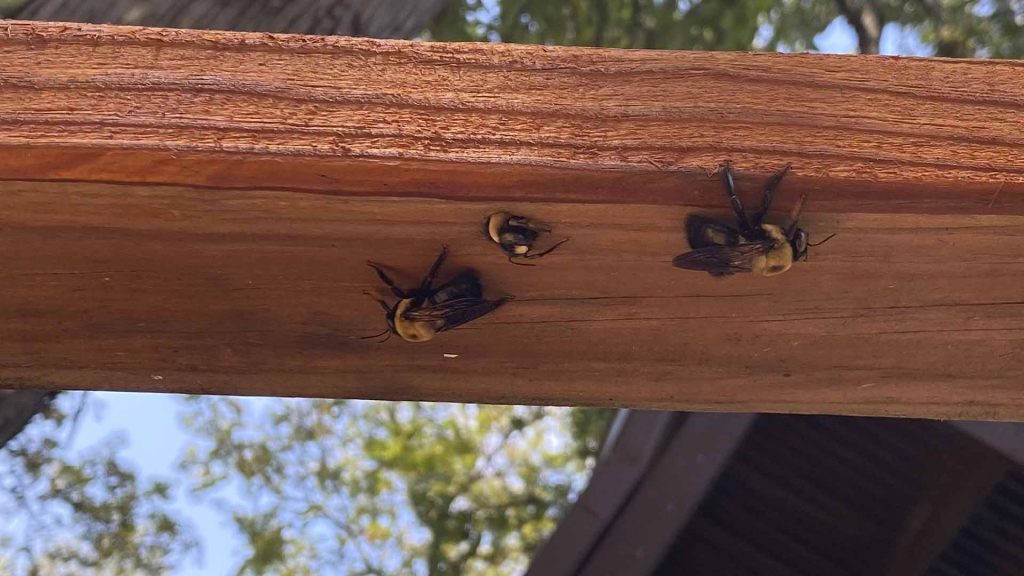
Garden Structures
Check sheds, gazebos, or unused outdoor furniture for small, developing hives.

Chimneys
Bees may enter through chimneys to build nests in the enclosed space. Check for increased bee presence near vents.
Why Do Bees Invade Homes?
Bees invade homes primarily to find shelter for their hives. They prefer quiet, undisturbed areas close to flowers, which provide a food source. This can include walls, attics, or garden spaces.
Prevention Tips
- Seal cracks and gaps in exterior walls and roofs.
- Regularly inspect and maintain outdoor spaces.
- Avoid leaving sugary substances or drinks outside.
- Use screens on windows and vents to block entry.
- Plant bee-repelling plants like mint or citronella.
Related Pests
Similar to Bees, pests like Bumblebee, Hornet, and Yellowjacket can also invade homes for food and shelter. Explore our Bumblebee removal, Hornet control, and Yellowjacket control services to keep all pests out.
How to Get Rid of Bees
Eliminating bees requires care to protect both your family and the environment. DIY solutions may pose risks, making professional bee control services the safest choice.
Common Treatments
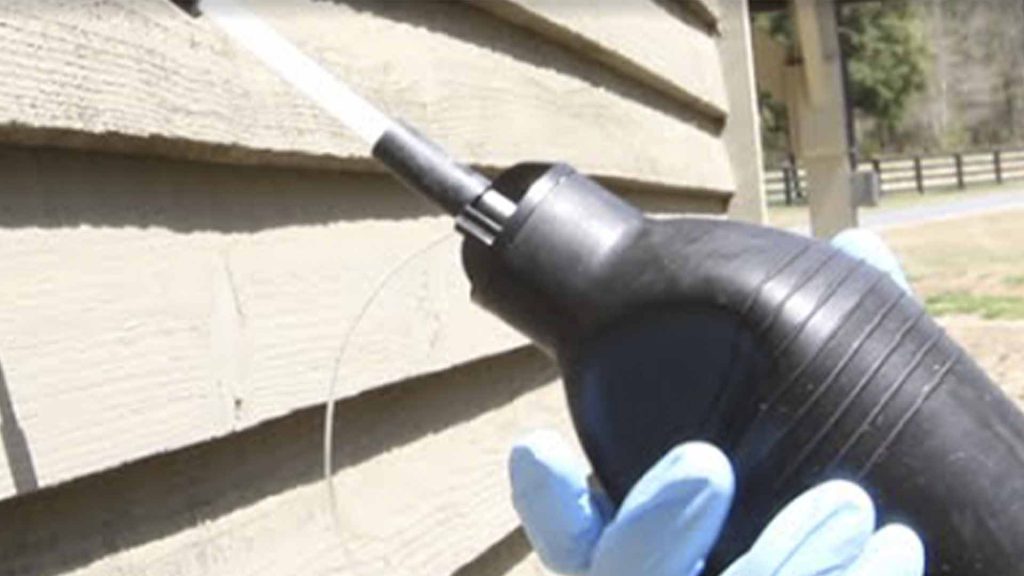
Bee Hive Removal
Professional removal of hives ensures safety and prevents bees from returning. Experts handle hive relocation or disposal effectively.
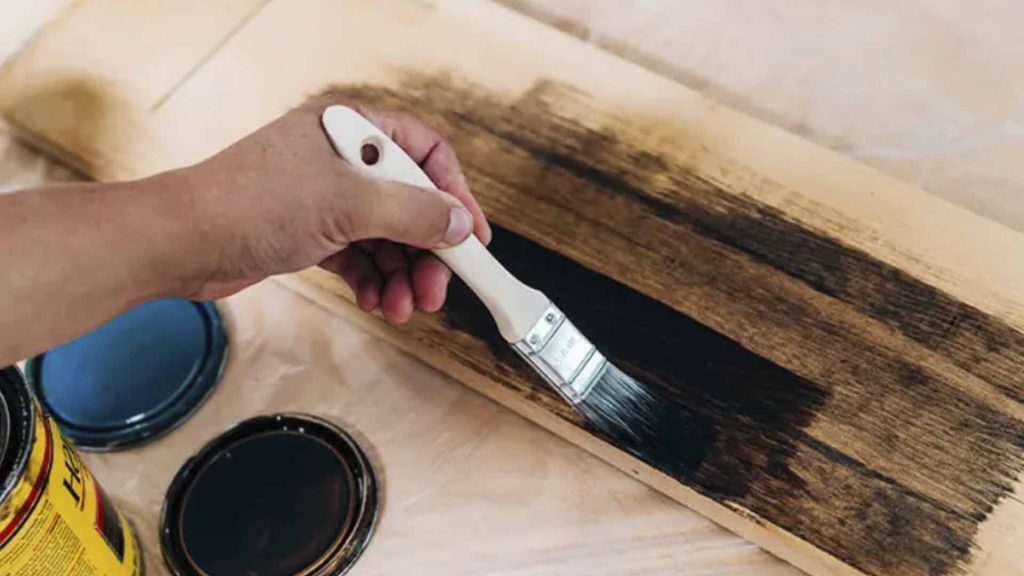
Bee Extermination
Targeted treatments using eco-friendly solutions eliminate aggressive or dangerous bee colonies when relocation isn’t feasible.

Natural Repellents
Essential oils like citronella and eucalyptus can help deter bees from settling in specific areas.
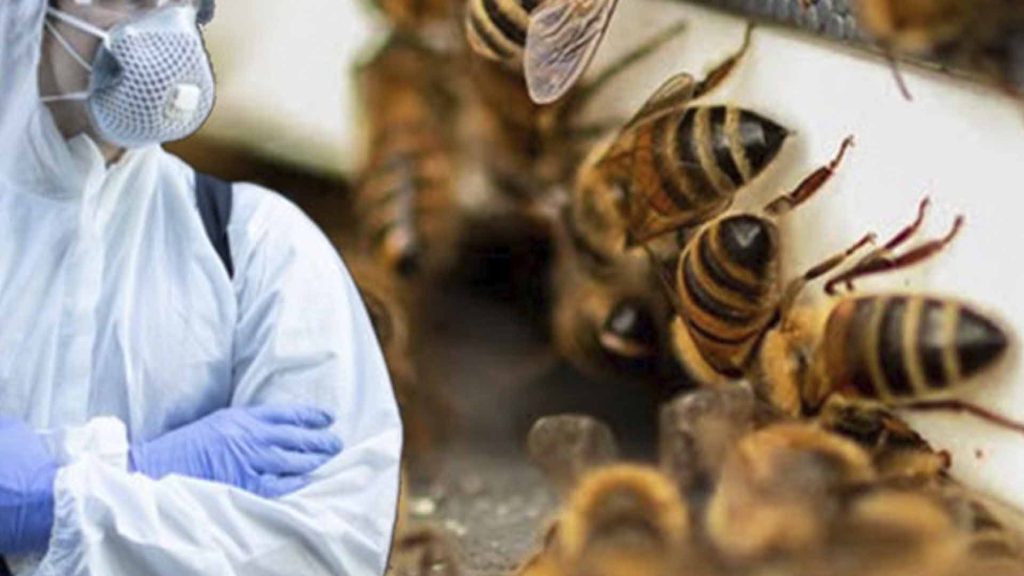
Sealing Entry Points
Prevent future infestations by sealing cracks, crevices, and gaps around your home.
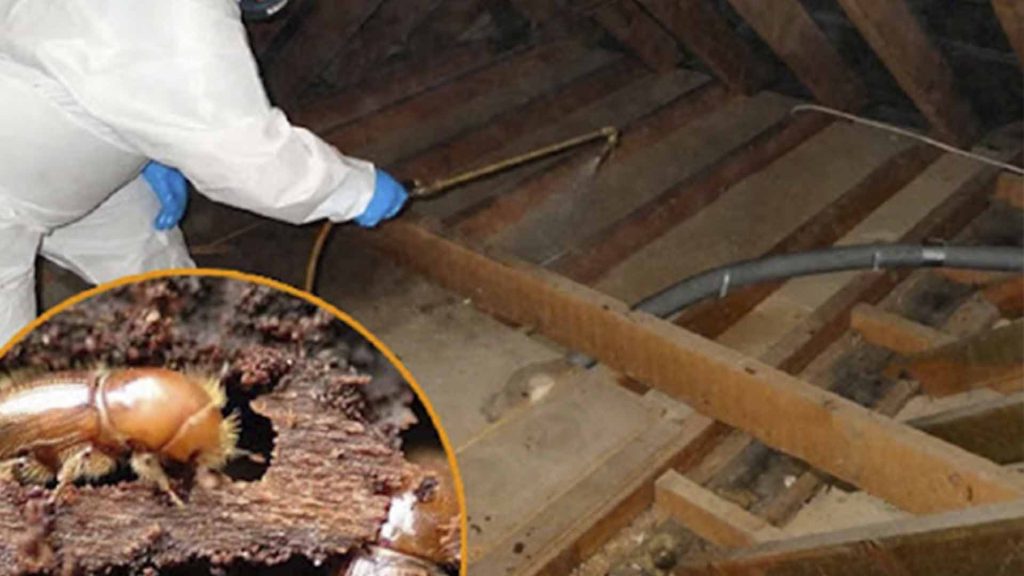
Professional Bee Control Services
Hiring trained exterminators ensures safe removal and long-term prevention strategies.
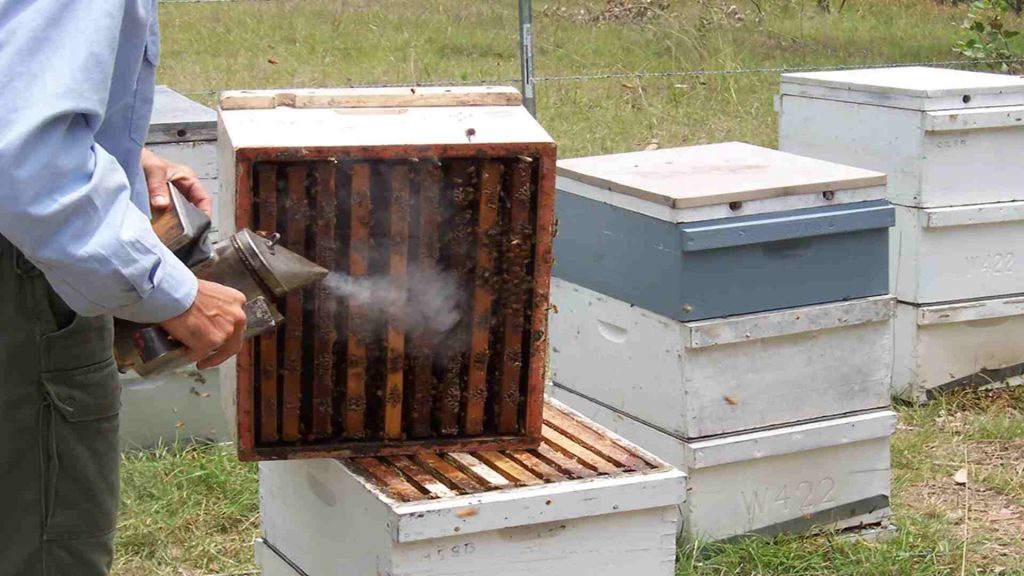
Smoke Treatment
Smoke calms bees, making it easier to remove their hives without aggressive behavior.
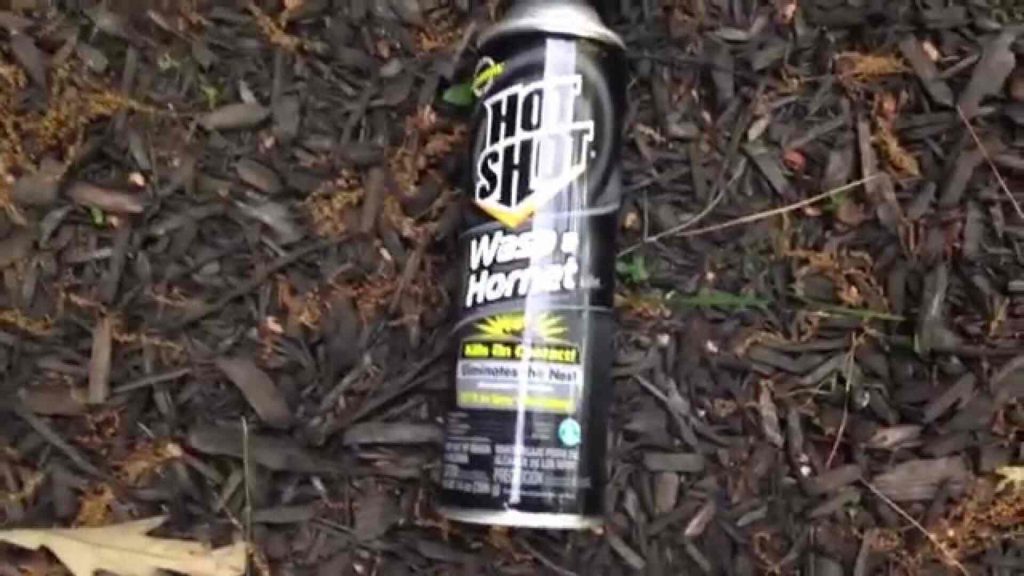
Bee Killer Spray
Specialized sprays quickly kill bees but should only be applied by professionals to avoid harming the environment.
Every Bee infestation is unique and can quickly spread, causing more damage over time. That’s why fast action is crucial. We offer same-day Bee removal services. Get Your Estimate or Call us at (888) 706-6384.
How Bee Removal process works?
Our specialists carefully inspect your property to locate bee hives, assess activity levels, and identify entry points. This comprehensive survey ensures we understand the bee species and their behavior, allowing us to design a safe and effective control plan.

We use humane and eco-conscious methods to remove bees and their hives, prioritizing relocation over extermination when possible. Our treatments are designed to protect both your home and these vital pollinators while minimizing risks to your family.

Our team offers guidance on preventing future bee infestations by sealing entry points and avoiding attractants. We also conduct follow-up checks, if needed, to ensure bees have not returned and your property remains secure.
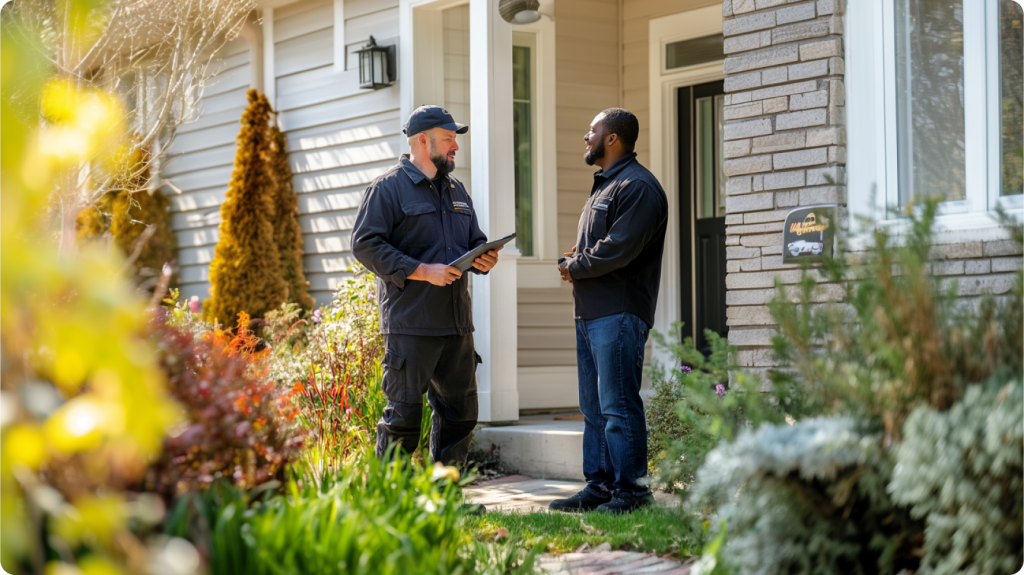
OUR ADVANTAGES
Why Choose Our Bee Control Services?
Our services are designed to offer the most effective and eco-friendly pest control solutions, keeping your home safe from Bee and other invaders.
Consider checking our comprehensive pest solutions for other pest issues, including Bumblebee, Hornet, and Yellowjacket.
Need an estimate for Bee pest control? Our team is standing by, ready to help. Get A Risk Free Estimate
Certified Technicians
Our team is licensed and experienced in pest control
Eco-Friendly Solutions
Our team is licensed and experienced in pest control
Guaranteed Results
Our team is licensed and experienced in pest control
Our Customer Says

Pest Exterminators provided an excellent service to control rodents in my home. I was really worried about the mice infesting our kitchen and study, but these guys handled it like the professionals they are. I am also impressed by the aftercare they provide. You should definitely try pest exterminators if you are dealing with pest infestation.

We could not enter our yard due to bees infesting our yard. One of them stung my husband and then I knew I had to get pest control service. Pest exterminator team came the very next day and started treating our yard. The infestation is taken care of now and the consulting lady was communicating very well. You need to try Pest exterminators for your yard.

You would not believe how much of a nightmare the mosquitoes were for me. The annoying sound was one thing, but the constant fear of catching malaria or dengue haunted me. Pest exterminators are a blessing. They carefully treated my apartment and took care of everything. Honestly, I did not expect pest control to be this hassle-free.
Bees - Frequently Asked Questions
How much does bee hive removal cost?
The cost of removing a bee hive depends on several factors, including the size of the hive, its location (e.g., within walls, on trees, or in hard-to-reach areas), and the method of removal. Typically, prices range from $100 to $300 for standard removals, while more complex jobs requiring structural work or relocation of bees can cost up to $500 or more. A professional inspection can provide a more accurate estimate.
Who gets rid of bees safely?
Licensed pest control professionals and bee removal experts are trained to handle bee infestations safely. They use specialized tools, protective equipment, and eco-friendly techniques to remove bees without causing harm to people, property, or the environment. In cases where bees can be relocated, professionals ensure they are moved to a safe location, such as a beekeeper’s hive, to support ecological balance.
Does wasp spray kill bees?
Yes, wasp sprays are designed to kill stinging insects like wasps and can also kill bees. However, the use of wasp spray on bees should be approached with caution, as improper application can harm beneficial pollinator species and the environment. It is always advisable to contact a pest control professional to assess the situation and determine the best course of action for managing the bee population safely.
What kills bees instantly?
Insecticides specifically designed for bees can kill them instantly, but their use is regulated due to environmental concerns and the importance of bees as pollinators. Products like bee killer sprays should be used sparingly and only by professionals to ensure safety. Additionally, non-lethal methods, such as smoke treatments or hive relocation, are often preferred for ethical and ecological reasons.
How do I prevent bees from returning after removal?
Preventing bees from returning involves a combination of home maintenance and habitat deterrence:
- Seal Entry Points: Close all cracks, holes, or crevices in walls, roofing, and vents to block potential nesting areas.
- Remove Food Sources: Bees are attracted to flowers, sugary foods, and drinks. Clean up spills and store sugary items in sealed containers.
- Use Natural Repellents: Plant bee-repelling plants like mint, citronella, or lemongrass around your home.
- Regular Inspections: Conduct periodic checks around your home and garden to identify any signs of bee activity early.
- Professional Inspection: Consider an annual inspection by pest control experts to ensure your property is free from potential nesting sites.
How do professionals safely remove bee hives?
Professionals use methods tailored to the infestation type. This may include:
- Smoke Treatment: To calm the bees, making the hive removal process safer.
- Relocation: Safely transferring the hive to a beekeeper or designated location.
- Vacuum Extraction: Using a specialized vacuum to remove bees without harming them.
- Hive Dismantling: Carefully dismantling hives within walls or other structures, followed by repairs.
What is the difference between bee control and extermination?
Bee control involves managing and removing bee populations in a way that minimizes harm to the bees and the environment. This often includes hive relocation and non-lethal methods. Bee extermination, on the other hand, focuses on eliminating bees, often through the use of insecticides, and is typically reserved for cases where bees pose a severe threat to people or property.
Can bees damage my home?
Yes, bees can cause damage if left untreated. For example, their hives may lead to structural issues by absorbing moisture, and honey from the hives can attract other pests like ants or rodents. Additionally, their presence can make areas of your home inaccessible due to the risk of stings. Timely removal is essential to prevent further damage.
